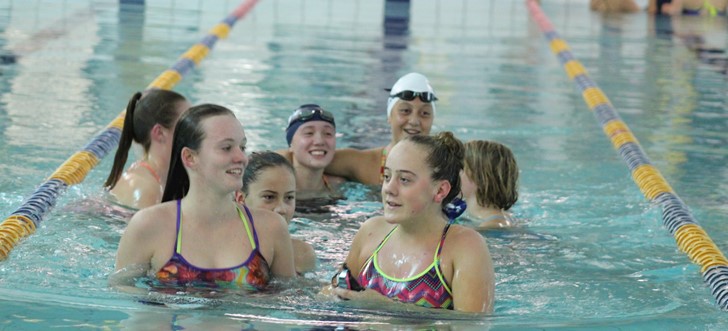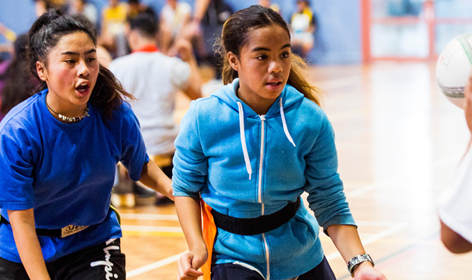Emotional Abuse: What is it and why it is known as the most common form of injury in kids’ sports

You may be thinking ‘what is emotional abuse?’ And ‘why is this be relevant to my child’s sporting experience?’ Well, emotional abuse goes something like this.
Most adults think of it at the extreme end of the spectrum where children are suffering as a result of aggressive or abusive spectators; don’t let this fool you. Emotional abuse can be quite unintentional, and this is what makes it so damaging.
Consider the car ride home for instance. You as a parent offering advice to your child about their game or training and how they can do better, pulling it apart, criticising not only your child, but also other players, the coach and officials. Or alternatively think about the coach who plays favourites, ignoring those children who aren’t as skilled yet and not letting them have game time…It seems innocent enough but it can have far reaching consequences and will most likely lead to a real loss of enjoyment of playing sport..
As a parent, it is our duty to guard and protect our children no matter what the circumstances are. However, we need to understand that adult behaviours are visible to children who are often affected. Research indicates that children become frightened and de-motivated to participate when adults express anger in relation to sport.
Next time you are supporting your children at a game or training session, aim to encourage a climate of development. This is when you define success as effort and improvement; include everyone so they feel they matter; share control with children; design for learning-through-play; and enable children to have a variety of experiences as opposed to a focus on winning.
For more information on supporting your children with a climate of development, please refer to the Good Sports Spine and other resources to support children to enjoy sport and physical activity.





